NEWS, EVENTS & BLOG
BLOG
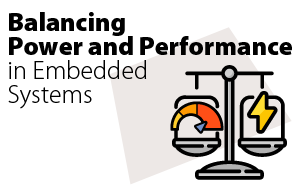
Balancing Power and Performance in Embedded Systems
Press Office, VersaLogic Corporation, 02/10/21
Finding the Right Balance
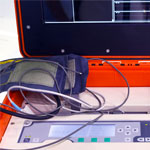 The challenge of achieving required performance within the limitations of power consumption arises in many embedded system applications. A frequent challenge is with portable battery-powered systems such as systems on a medical cart or other portable medical equipment.
The challenge of achieving required performance within the limitations of power consumption arises in many embedded system applications. A frequent challenge is with portable battery-powered systems such as systems on a medical cart or other portable medical equipment.
Unmanned aerial and underwater vehicles (UAV and UUV) are additional examples of applications where power may be constrained (along with size and weight considerations). These applications require a careful balance between processing performance and power consumption in order to fulfill their mission. Even with much larger aircraft that are equipped with generators, the proliferation of on-board electronic systems requires that systems operate within a limited power budget.
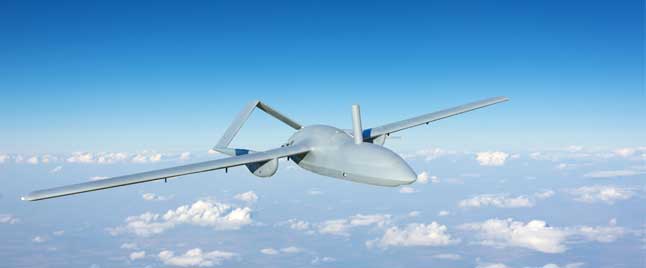
Power constraints can be critical even on large platforms
A Range of Power-Performance Combinations
The good news is that there are embedded computing solutions available over a wide range of power and performance. They range from frugal Arm-based systems to the higher end of performance with embedded computing solutions based on Intel® Core™ processors. Even in the world of servers, there are solutions for more power-constrained environments based on Intel’s Denverton 16-core microserver processor.
The following table lists some examples of power versus performance options over the spectrum of embedded processor boards.
i.MX6 DualLite
- Example Product: Swordtail
- System Power Consumption 2.7W (typ.)
- Performance: 25*
(Passmark CPU Mark) - Example Application: Medical cart
* estimated
Intel Apollo Lake
- Example Product: Harrier
- System Power Consumption 8.1W (typ.)
- Performance: 1,046
(Passmark CPU Mark) - Example Application: UAV
Intel i7
- Example Product: Lion
- System Power Consumption 13.5W (typ.)
- Performance: 5,553
(Passmark CPU Mark) - Example Application: Border Security System
Intel Denverton
- Example Product: Grizzly
- System Power Consumption 37.6W (typ.)
- Performance: 6,947
(Passmark CPU Mark) - Example Application: Edge Server
For more power-constrained applications, such as portable medical equipment, it’s clear that Arm®-based systems such as VersaLogic’s Swordtail, make a huge difference in operating power draw.
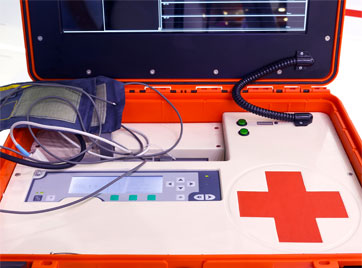
Battery powered medical equipment presents power consumption challenges
The other good news is that each new generation of processor chips that are released, manage to provide more performance per watt then its predecessor. Current embedded processor boards provide a lot of processor muscle for relatively little power.
VersaLogic’s Power/Performance Charts (PDF) provide detailed power and performance data for a wide range of embedded computing products.
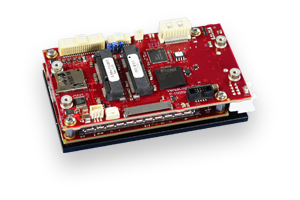
The SWaP-optimized Harrier is ideal for UAV applications
Mission Profile Affects Power Consumption
UAV power consumption can be significantly affected by mission profile.
A typical mission profile would include:
- Take-off
- Climb
- Cruise
- On-station
- Cruise
- Descend
- And land phases
Some payload systems may only be required during the on-station phase. For example, signal intelligence gathering (SIGINT) packages would only be required to operate when the UAV is on-station. This means that the associated embedded mission computer can be set into a sleep state for other phases of the mission. The power consumption of that embedded computer over the entire mission will be drastically lower than having it run at full power during the entire flight.
Thermal Considerations
The need to balance power and performance is not just related to power consumption. Greater power consumption leads to greater heat dissipation. Increases in heat generation can lead to moving from passive cooling solutions to an active one, such as needing a fan, or moving heat away by use of heat pipes. The high thermal output from some high-performance processors is often more of a concern then the amount of power consumed. Thermal management must be taken into consideration when balancing power with performance.
Technology Advances Help From Processor Technologies
Even when actively supporting its mission, an embedded computer isn’t always performing at full speed (or power draw). Many Intel processors feature Intel Turbo Boost Technology 2.0. This manages current, power, and temperature to maximize processing speed and energy efficiency. Essentially it provides a burst of speed when it’s needed and increased energy efficiency when it’s not.
Another key technology for managing power is Enhanced Intel SpeedStep® Technology. This enables dynamic adjustment of processor voltage and core frequency, either together or independently. This means that, in response to processor load, processor power consumption and thermal output can be managed.
With the smart power management built into almost all current processors, it’s often difficult to know what the typical power draw will look like when developing a system. Running the actual application, or a close simulation, is often the only way to confirm what kind of power level the final system will require.
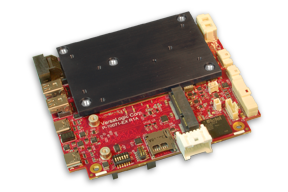
The Lion, with the Kaby Lake Core-i7 processor, features Intel Turbo Boost Technology 2.0 and Enhanced Intel SpeedStep® Technology
Summary
There’s a wide range of embedded computing solutions available at various power and performance levels. There also a number of processor-based features to mitigate issues. Understanding requirements upfront, both for peak and typical processing needs, and having access to detailed power and performance data (PDF) is critical to making the right choices for the optimal solution.
Need additional Information?
Want to know more about VersaLogic’s range of embedded products? Let’s start a conversation.
